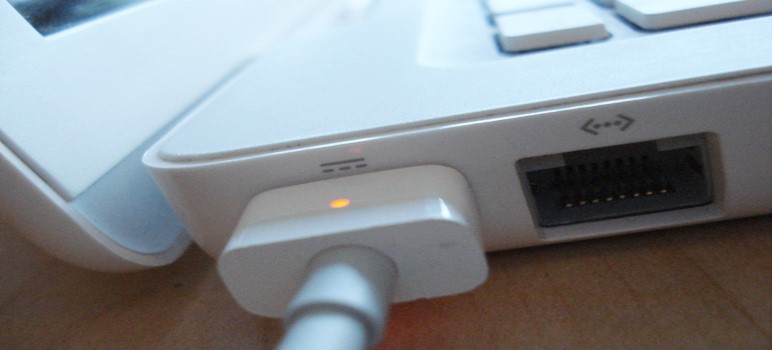If you own a laptop, chances are you’ve wondered whether it’s safe to use it while it’s charging. In this article, we’ll address this common concern and provide you with accurate information to help you make an informed decision. Let’s debunk the myths and explore the best practices for using your laptop while it’s connected to the power source.

Myth vs. Reality
Myth:
Using a laptop while charging can damage the battery and reduce its lifespan.
Reality:
Modern laptops are designed to be used while charging without significant harm to the battery. They utilize lithium-ion batteries that are less prone to the “memory effect” and can handle charging and discharging cycles efficiently.
Myth:
Charging and using the laptop simultaneously will generate excessive heat and harm the system.
Reality:
While some heat may be generated, reputable laptop manufacturers have integrated efficient cooling systems to dissipate heat effectively. Using your laptop while charging should not cause any major overheating issues.
So is it safe to use the laptop while keeping it plugged in when the battery is already at 100%?
Myth:
Keeping your laptop constantly plugged in and charging, even when the battery is at 100%, will significantly reduce its lifespan and also unsafe to be used.
Reality:
While it is safe to use your laptop while keeping it plugged in and charging when the battery is already at 100%, doing so for extended periods can contribute to long-term battery degradation. To optimize battery longevity, it’s recommended to unplug the laptop occasionally and let the battery discharge to around 80% before plugging it in again.
Best Practices for Using Your Laptop While Charging:
1. Use a High-Quality Charger
Always use the original charger provided by the laptop manufacturer or a reputable replacement. Cheap and low-quality chargers may not deliver the correct voltage and can cause battery and system problems.
Read also: How to Charge a Laptop Without its Charger
2. Moderate Resource-Intensive Tasks
If your laptop is performing resource-intensive tasks like gaming or video editing, consider reducing these activities while charging. This will help balance power demands and ensure the battery charges efficiently.
3. Maintain a Safe Charging Percentage
Aim to keep the battery level between 20% and 80% for optimal battery health. Occasionally discharge the battery to around 80% to prolong its lifespan.
4. Battery Longevity Tips
To extend your laptop battery’s life, avoid exposing it to extreme temperatures and perform regular battery calibration.
Read also: How Many Watts Does a Laptop Use?
Conclusion
In conclusion, you can safely use your laptop while it’s charging without worrying about causing significant damage to the battery or the system. Modern laptops are designed to handle this scenario efficiently. However, to optimize battery longevity, it’s essential to follow best practices, such as occasionally unplugging the laptop and keeping the battery level between 20% and 80%. By doing so, you can enjoy a smooth and worry-free experience while using your laptop, even when it’s connected to the power source.
